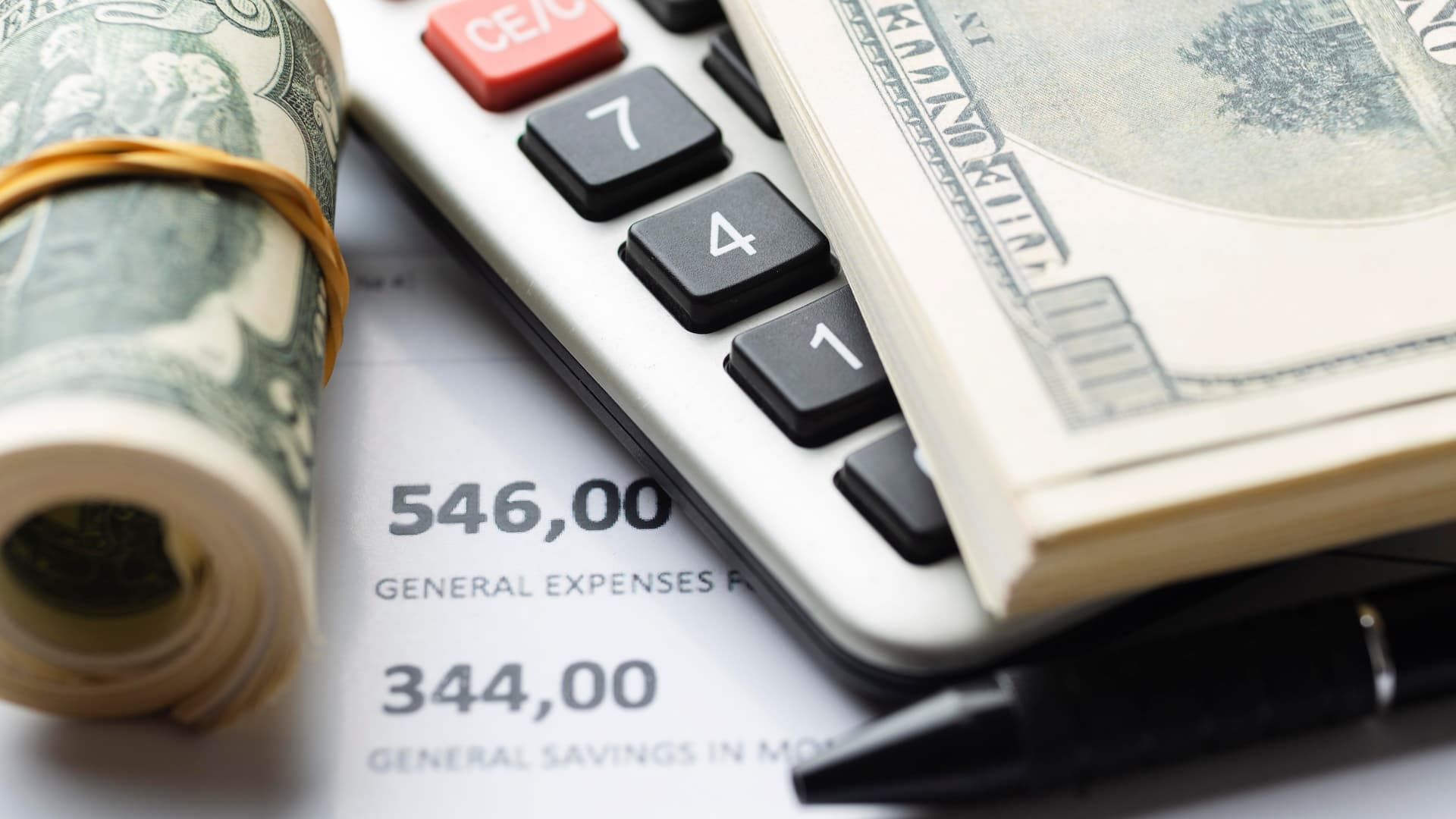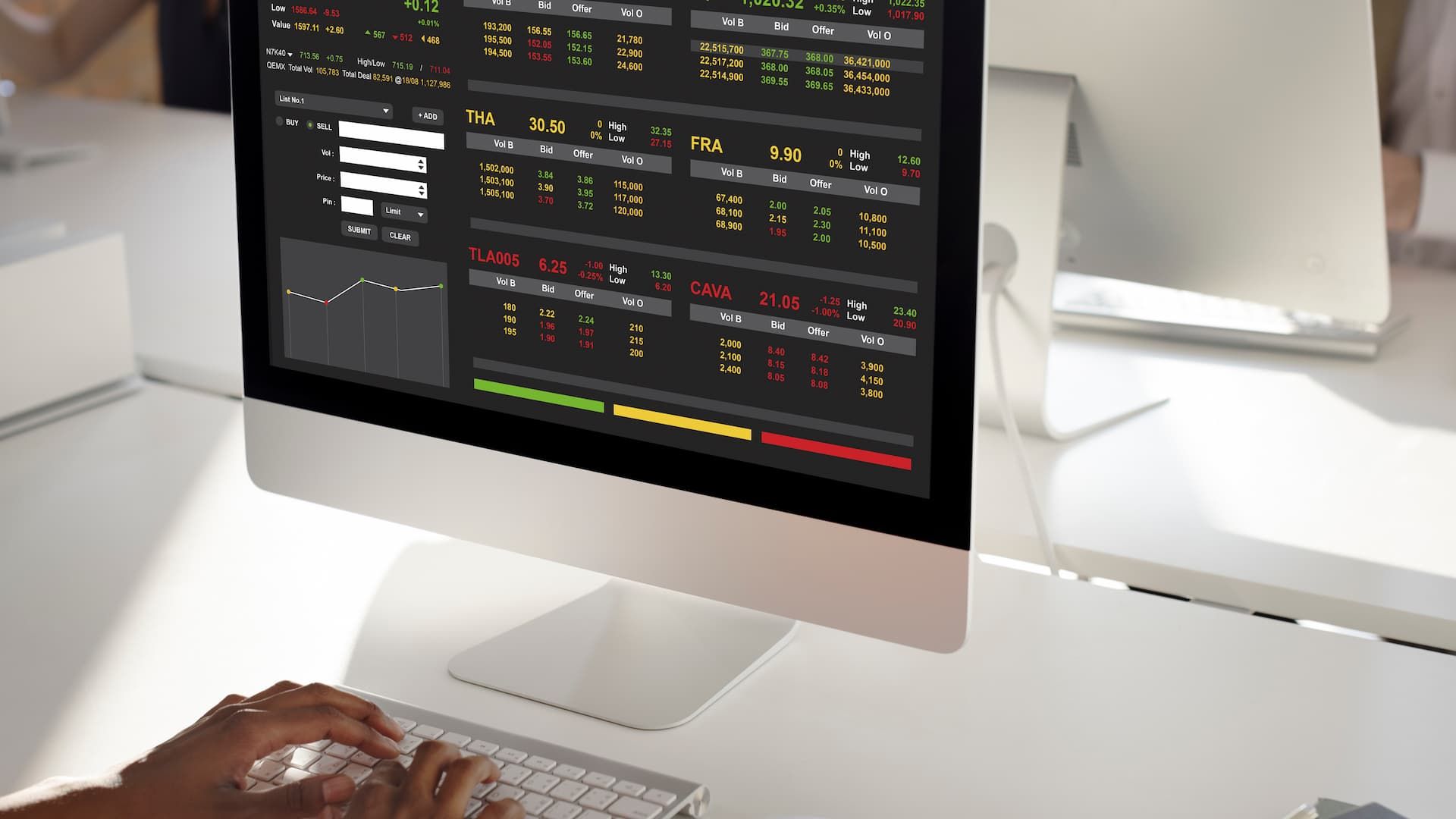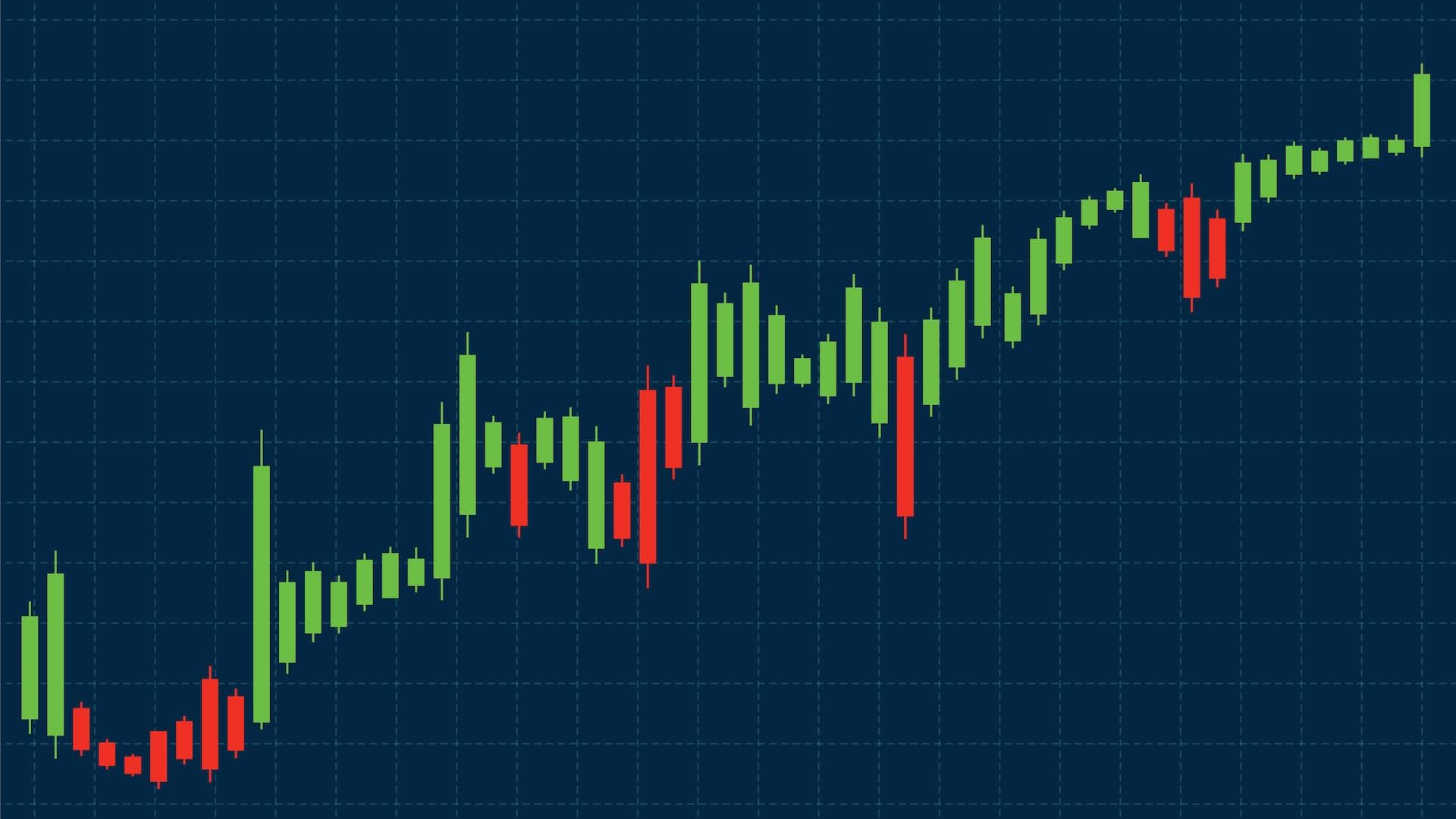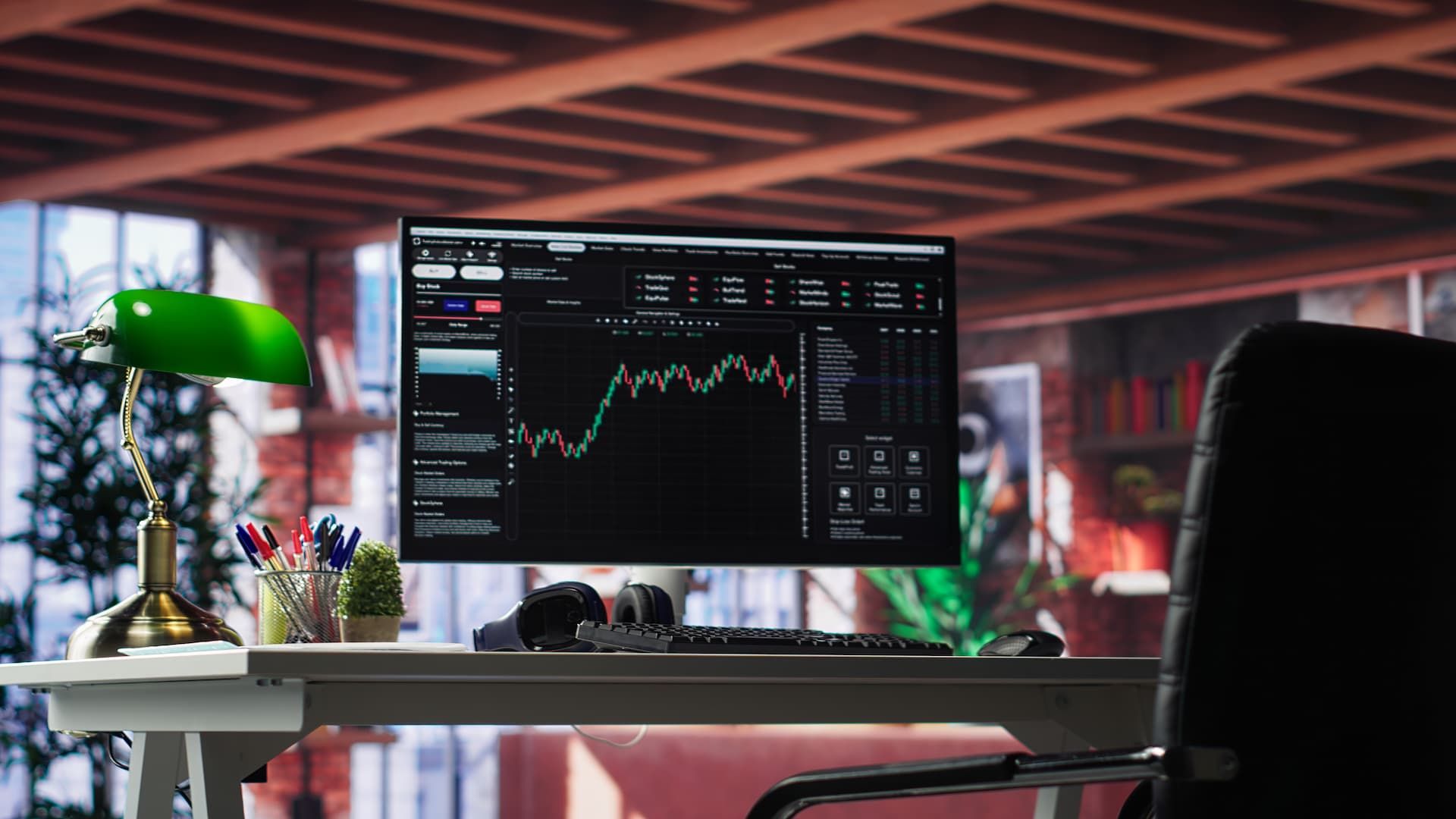When people first hear about trading in securities , they sometimes picture flashing lights, rapid price changes, and people trying to win big in a short time. It may feel like a casino. After all, both involve money, risk, and unpredictable outcomes. But while there are surface-level similarities, trading and gambling are two activities that are fundamentally different.
The key difference lies in how decisions are made. Gamblers rely on luck, odds, and hope. Traders, on the other hand, build skills, follow strategies, and apply risk management techniques that protect their capital. A gambler may play until the cash is gone, but a trader uses tools like stop loss orders, position sizing, and technical analysis to reduce the chance of making a mistake.
At 24Markets.com, you can see this difference in action when it comes to investment . Their trading platform provides educational resources, real-time data, and clear risk management features. With the right approach, trading becomes less about chance and more about discipline, preparation, and knowledge.
Understanding Risk in Trading
What Is Risk Management?
Risk management is the backbone of trading. It means setting clear rules so you don’t lose more than you can afford. For example, if you risk only a small part of your capital on each trade, you give yourself more chances to recover from mistakes. Setting a stop loss price also ensures that if the market moves against you, your position is closed automatically at the next available market price.
This is where trading differs from gambling. Gamblers may bet everything on one outcome, but traders spread their risk and follow clear rules. By treating risk as part of the process, traders create a safety net that can lead to higher profits, which gamblers simply don’t have.
The Role of Technical Analysis
Technical analysis is a tool that allows traders to make informed decisions based on chart patterns, price movements, trading volumes, and various securities. It gives structure to what might otherwise feel like chaos. Traders study support and resistance levels, moving averages, and price action to find potential entry and exit trades.
Gamblers generally don’t have this type of data-driven approach. They play games where odds are fixed, while traders look at financial markets and adapt their strategy to changing conditions. This use of knowledge is what makes trading a skill rather than a gamble.
Market Conditions and Their Impact
Financial markets react to many factors: economic news, central bank policies, and sudden events like political announcements or natural disasters. Market volatility can increase risks but also create opportunities. Skilled traders understand that different market conditions require different strategies.
Unlike gambling, where the game rules never change, markets are dynamic. Traders who adjust their approach to current market conditions stand a better chance of protecting capital and making more money in the long run.
Day Trading and Short-Term Strategies
Who Are Day Traders?
Day trading involves buying and selling financial instruments within one trading day. Day traders look for small but frequent opportunities in price movements. They don’t gamble blindly; instead, they use structured trading strategies, set stop loss levels, and close positions before the day ends.
Gamblers may “play” with the hope of winning big in one round. Day traders, by contrast, focus on many trades with carefully managed risks. They understand that losses are part of the process, but risk management ensures that their path to success mean no single mistake wipes them out.
Stop Loss and Stop Loss Orders
A stop loss order is a simple but powerful risk management tool. It ensures your position is automatically sold if the stock price or currency pair drops to a specific level. This protects you from losing money rapidly in a volatile market.
For example, if you buy a stock at $100 and set a stop loss at $95, you know the maximum risk is $5 per share. Without this tool, you would need to constantly monitor trades, but with it, your downside risk is limited automatically.
Managing Risk in Short-Term Trades
Short-term strategies like swing trading or intraday trading require a clear plan. Traders must consider their risk tolerance, market volatility, and entry price carefully. Using percentage-based stop loss rules, monitoring market trends, and managing position size all reduce the chance of catastrophic losses.
This is not gambling. It is applying a structured approach to risky situations, aiming for consistent profits over time.
Emotional Control and Decision Making
Overcoming Fear and Greed
Fear and greed are two of the most dangerous emotions for traders. Fear can stop you from entering good trades, while greed can keep you in bad trades too long. Many traders lose income because they let emotions control their decisions.
Successful traders learn to focus on rules, not feelings. They accept small losses, take profits at planned levels, and stick to their trading strategy. Gamblers often chase losses or “play” on hope. Traders rely on discipline and emotional control to succeed.
Continuous Learning for Traders
Markets are always changing. Professional investors know that continuous learning is the only way to keep up. Traders read financial news, follow news releases study market volatility, and adjust their trading strategies as conditions shift.
This is where trading feels more like a business than a game. At 24Markets.com, traders can access educational resources, demo accounts, and tools that make this learning process easier and more effective.
Building a Consistent Trading Routine
Trading Plan Essentials
A trading plan is a written set of rules that guide your trading strategy decisions. It defines how much capital you will risk in your investment , what types of financial instruments you will trade, and where you will exit positions. Having a plan removes guesswork and helps you avoid gambling-like mistakes.
Without a plan, trading can feel like playing at a casino. With one, you have a clear path that balances risks involved with potential gains.
Monitoring Trades and Adjusting Strategies
Successful traders don’t just place trades and forget about them. They monitor performance in stocks , review outcomes, and adjust strategies when needed. Keeping a trading journal that records entry price, exit price, market conditions, and results is an excellent way to identify patterns and improve.
This process turns trading into a disciplined activity rather than gambling based on chance.
Risk Management Tools and Techniques
Position Sizing
Position sizing means deciding how much of your capital to risk on a single trade. By keeping risk small, traders avoid catastrophic losses. For example, risking just 2 percent of your account per trade allows you to survive losing streaks and still have money left to trade.
Risk-Reward Ratio
The risk-reward ratio is another critical concept. A trader may risk $1 to potentially gain $3. Even if only half of the trades succeed, the overall outcome is profitable. This mathematical approach to probability is foundational in finance and very different from the uncertain odds in gambling.
Diversification
Diversifying across assets such as stocks, forex trading, and commodities reduces exposure to one market. If one trade loses, others may win, balancing the portfolio. Diversification spreads risk in a way gamblers cannot.
Key Takeaways for Traders
The introduction to risk shows why trading is not the same as gambling. Gamblers generally rely on luck, odds, or hope, while day traders rely on skill and strategy . Traders apply strategies, use risk management tools, and build habits that focus on success in the long run.
Trading can be risky, but with discipline, knowledge, and the right mindset, it becomes a professional activity focused on making money instead of a gamble. At 24Markets.com, traders have access to advanced tools, technical analysis, and educational resources that support this journey. With a solid trading plan, emotional control, and effective risk management, anyone can start trading with confidence and avoid the mistakes of treating financial markets like sports betting.












